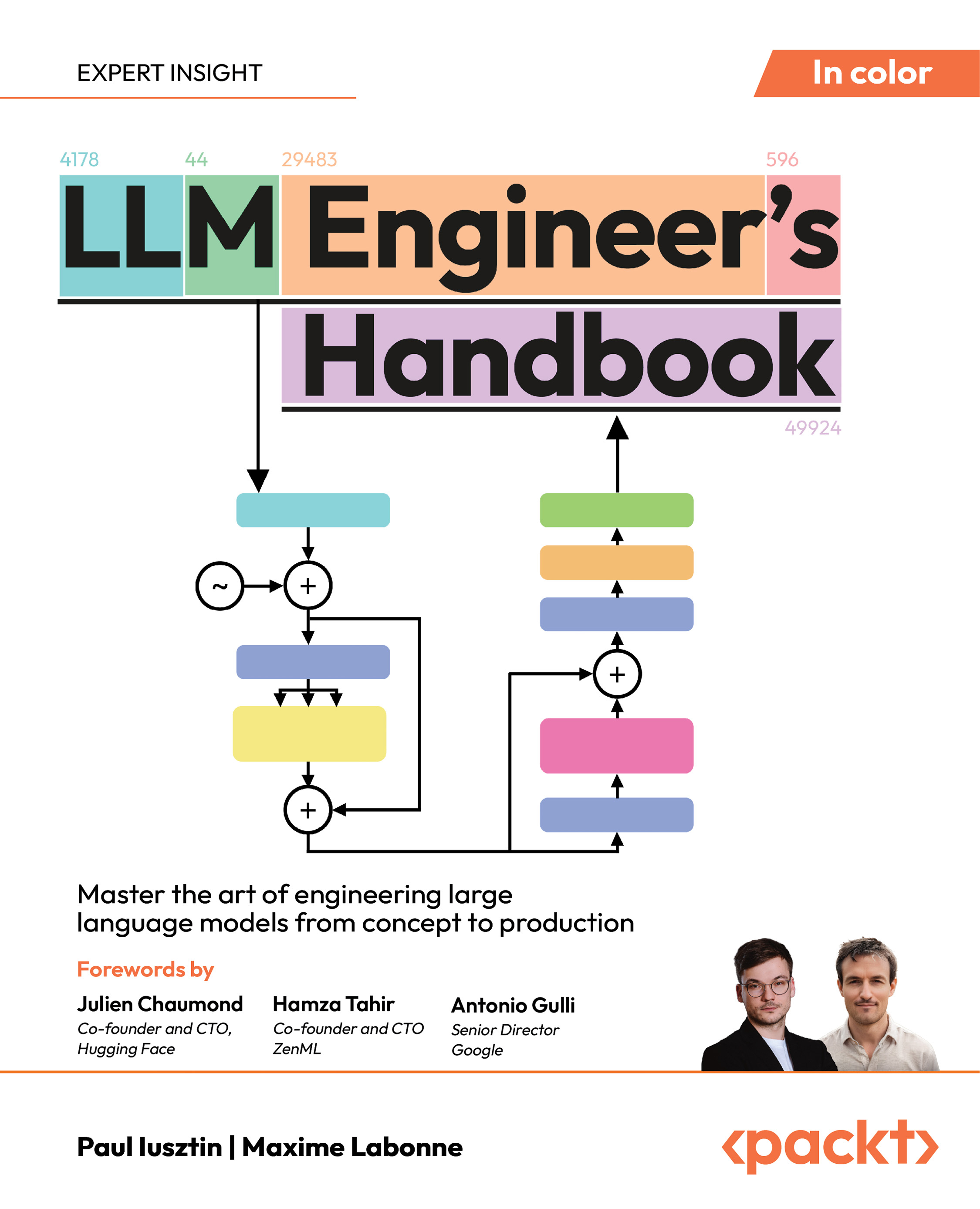Implementing GitOps with Kubernetes: Automate, manage, scale, and secure infrastructure and cloud-native applications on AWS and Azure
This book provides practical guidance on using GitOps to automate and manage Kubernetes deployments in cloud-native environments like AWS and Azure. It explains core GitOps principles, tools like Argo CD and Flux, and strategies for implementing CI/CD pipelines. The book also covers infrastructure automation with Terraform, security best practices, and observability while addressing cultural transformations in IT for GitOps adoption. By the end, readers will have skills to apply GitOps in scaling, monitoring, and securing Kubernetes deployments efficiently.
Complete Guide to Logging in Golang with slog
In Golang, structured logging can be efficiently implemented using the `slog` package, introduced in version 1.21. `slog` allows for more organized and detailed log entries by formatting logs as key-value pairs, making them easier to search, filter, and analyze. The package provides flexibility with logging levels (like Debug, Info, Warn, and Error) and supports both text-based and JSON-formatted output. Key components include Loggers, Records, and Handlers, which define how logs are created, stored, and processed.
Scaling Prometheus with Thanos
Scaling Prometheus with Thanos allows for long-term storage, cost savings, and a global view of metrics in large environments. While Prometheus is great for short-term monitoring, it struggles with long-term storage and querying across multiple clusters. Thanos extends Prometheus by using components like Thanos Query, Sidecar, and Store Gateway to enable scalable, highly available storage through object stores, reducing Prometheus's resource consumption. It also supports downsampling to optimize storage and query performance.
Automated container CVE and vulnerability patching using Trivy and Copacetic
Automating container vulnerability patching with Trivy and Copacetic (copa) helps protect your applications from potential attacks by scanning and patching container images automatically. Trivy scans container images for vulnerabilities, generating a report in JSON format, while Copacetic reads this report and patches the container image based on detected vulnerabilities. Once patched, the image is rebuilt and rescanned to ensure all vulnerabilities have been fixed.
Self-signed Root CA in Kubernetes with k3s, cert-manager and traefik
In Kubernetes with k3s, cert-manager, and Traefik, you can create a self-signed root Certificate Authority (CA) to manage TLS certificates locally, useful when your cluster isn't exposed to the internet (e.g., no Let's Encrypt). The process involves setting up cert-manager to automate the issuance, renewal, and secret management of these certificates. You first create a self-signed root CA, which then signs an intermediate CA, and that intermediate CA signs leaf certificates for your services. This setup allows your services to have trusted certificates locally.
 United States
United States
 Great Britain
Great Britain
 India
India
 Germany
Germany
 France
France
 Canada
Canada
 Russia
Russia
 Spain
Spain
 Brazil
Brazil
 Australia
Australia
 South Africa
South Africa
 Thailand
Thailand
 Ukraine
Ukraine
 Switzerland
Switzerland
 Slovakia
Slovakia
 Luxembourg
Luxembourg
 Hungary
Hungary
 Romania
Romania
 Denmark
Denmark
 Ireland
Ireland
 Estonia
Estonia
 Belgium
Belgium
 Italy
Italy
 Finland
Finland
 Cyprus
Cyprus
 Lithuania
Lithuania
 Latvia
Latvia
 Malta
Malta
 Netherlands
Netherlands
 Portugal
Portugal
 Slovenia
Slovenia
 Sweden
Sweden
 Argentina
Argentina
 Colombia
Colombia
 Ecuador
Ecuador
 Indonesia
Indonesia
 Mexico
Mexico
 New Zealand
New Zealand
 Norway
Norway
 South Korea
South Korea
 Taiwan
Taiwan
 Turkey
Turkey
 Czechia
Czechia
 Austria
Austria
 Greece
Greece
 Isle of Man
Isle of Man
 Bulgaria
Bulgaria
 Japan
Japan
 Philippines
Philippines
 Poland
Poland
 Singapore
Singapore
 Egypt
Egypt
 Chile
Chile
 Malaysia
Malaysia













